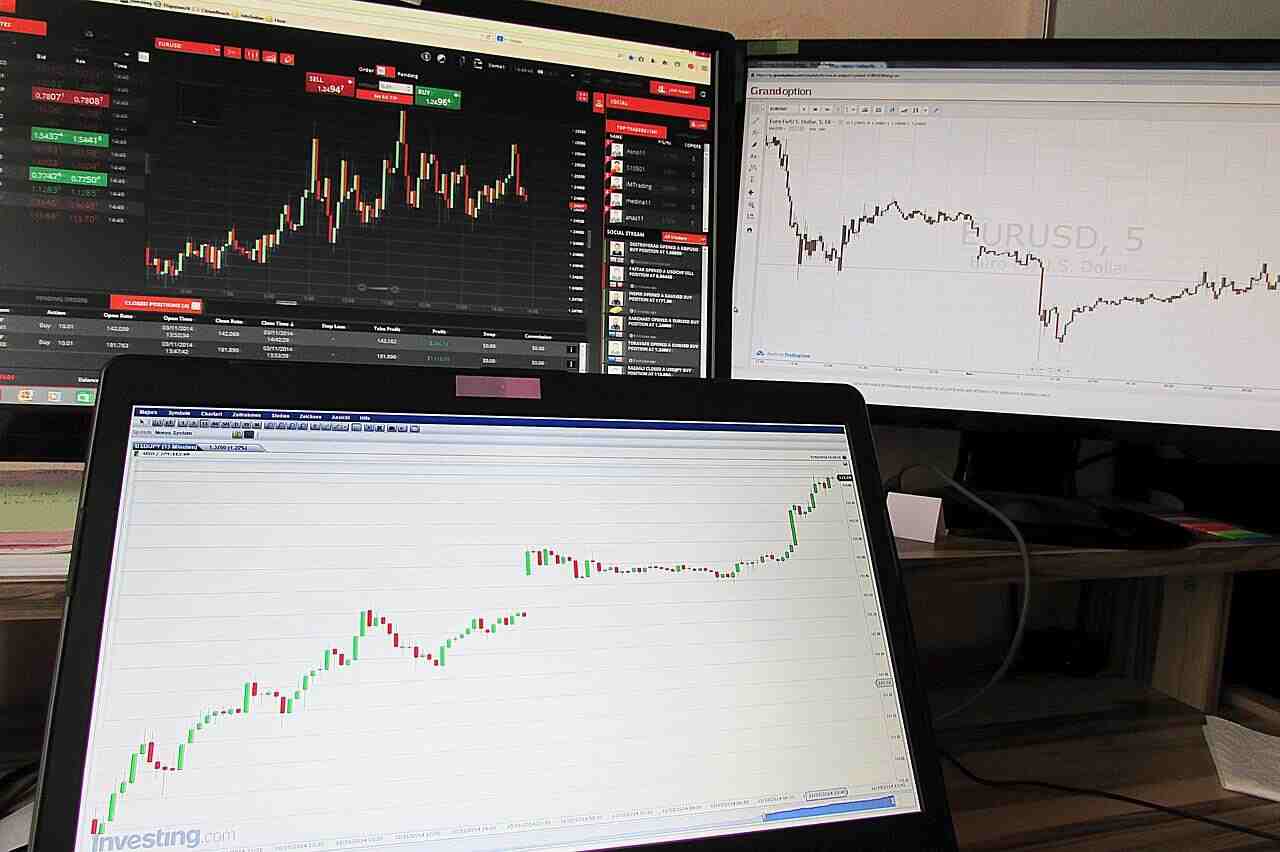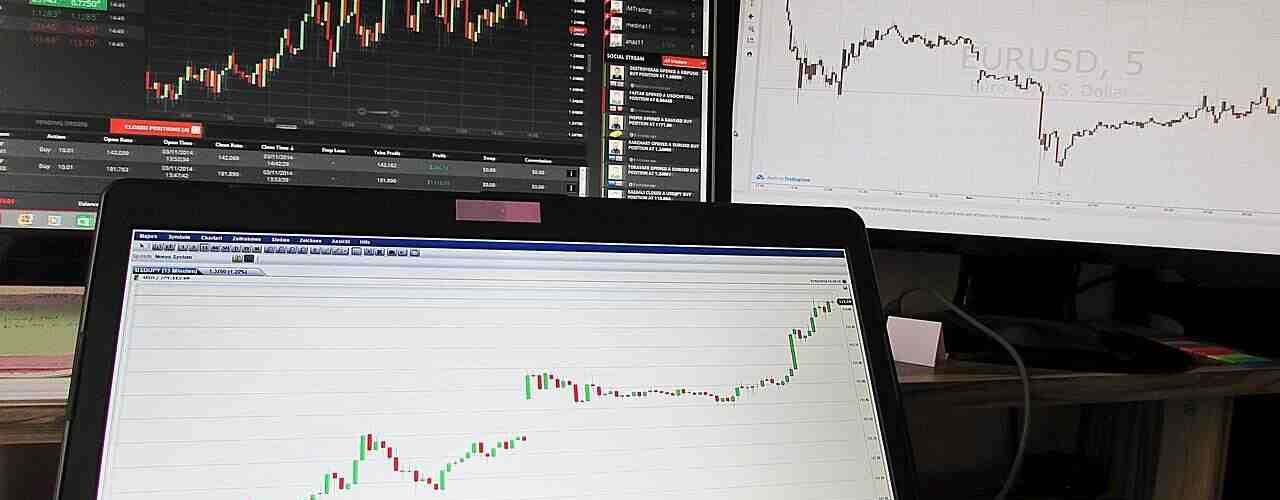The foreign exchange (forex) market is a global financial hub where currencies are bought and sold, making it the world’s largest and most liquid financial market. Forex trading Malaysia has gained significant popularity among both individual and institutional investors. Malaysian forex traders actively participate in the market, engaging in various currency pairs to seek profit opportunities.
Understanding the most traded currency pairs among Malaysian forex traders is essential for those interested in the country’s forex landscape. In this article, we will explore the primary currency pairs that dominate the portfolios of Malaysian forex traders, shedding light on the factors driving their choices and the economic implications of these preferences.

The Malaysian Forex Market: An overview
The Malaysian forex market has experienced remarkable growth and evolution in recent years, establishing itself as a significant player in the global forex arena. This market encompasses a diverse range of participants, including individual retail traders, institutional investors, and businesses engaged in international trade.
The popularity of forex trading in Malaysia can be attributed to several factors, such as the accessibility of online trading platforms, the availability of educational resources, and a growing interest in financial markets. As the market continues to expand, it becomes increasingly important to analyze the currency pairs that Malaysian traders favor, as these preferences can reflect economic ties, trading strategies, and regional influences.
Major currency pairs: What are they?
Major currency pairs are the most heavily traded pairs in the forex market and consist of currencies issued by the world’s largest and most influential economies. In these pairs, the currency listed first is the base currency, while the second is the quote currency. Major currency pairs are highly liquid and typically feature tight spreads, making them attractive to traders seeking liquidity and stability in their trades. Understanding the dynamics of major currency pairs is essential for Malaysian traders looking to build a solid foundation in forex trading.
USD/MYR: The kingpin of Malaysian forex trading
The USD/MYR currency pair holds a special place in the portfolios of Malaysian forex traders. It is the most traded pair in Malaysia, primarily due to the country’s strong economic ties with the United States and its reliance on the US dollar for international trade. Additionally, the US dollar is considered a safe-haven currency, making it a preferred choice during times of economic uncertainty. Malaysian traders often focus on USD/MYR for its liquidity, stability, and the significant impact of global events on this pair.
Cross currency pairs: Diversifying portfolios
While major currency pairs dominate the Malaysian forex market, traders also explore cross currency pairs to diversify their portfolios. Cross currency pairs do not involve the US dollar as a base or quote currency, offering alternative trading opportunities. Some popular cross currency pairs among Malaysian traders include EUR/JPY, GBP/AUD, and CAD/CHF. These pairs can be influenced by factors unique to the currencies involved, allowing traders to take advantage of diverse global economic conditions.
Regional influence: Neighbors and trade partners
Geographical proximity and economic relationships play a pivotal role in determining the currency pairs favored by Malaysian traders. Malaysia’s close ties with neighboring countries in the ASEAN region have led to increased trading activity in pairs involving currencies from ASEAN member states, such as SGD/MYR and THB/MYR. These pairings often reflect trade flows, political stability, and economic developments in the region.
Economic factors: Impact on currency pairs
Malaysian forex traders closely monitor economic indicators and events that can impact currency pairs. Key factors include interest rates, inflation, GDP growth, and trade balances. Malaysian economic data, such as the Consumer Price Index (CPI) and the Producer Price Index (PPI), can significantly influence trading decisions, especially when traders anticipate changes in monetary policy or shifts in economic fundamentals.
Technological advancements: The role of online trading
The advent of online trading platforms has revolutionized forex trading in Malaysia. These platforms provide easy access to a wide range of currency pairs, advanced charting tools, and real-time market information. Malaysian traders can now participate in global markets, diversify their portfolios, and execute trades with precision, all from the comfort of their homes or offices. The technological advancements in online trading have democratized the forex market, making it accessible to a broader audience.
Risk management: Strategies for Malaysian traders
Risk management is a critical aspect of forex trading in Malaysia. Traders employ various strategies to mitigate risk, including setting stop-loss orders, diversifying portfolios, and using hedging techniques. Given the inherent volatility of the forex market, these risk management strategies are essential to protect capital and minimize losses.
Regulatory framework: Ensuring fair play
Forex trading in Malaysia is subject to regulatory oversight by the Securities Commission Malaysia (SCM) and the central bank, Bank Negara Malaysia (BNM). Trading with licensed brokers ensures that traders are protected and that their rights are upheld. Compliance with regulatory guidelines and transparency in trading operations contribute to the integrity and trustworthiness of the Malaysian forex market.
Future trends: Evolving currency pair preferences
As the Malaysian forex market continues to evolve, currency pair preferences may shift in response to changing economic conditions, geopolitical events, and technological advancements. Traders should remain adaptable and informed about emerging trends in the global and local forex landscape to make informed trading decisions and stay competitive in this dynamic market.











